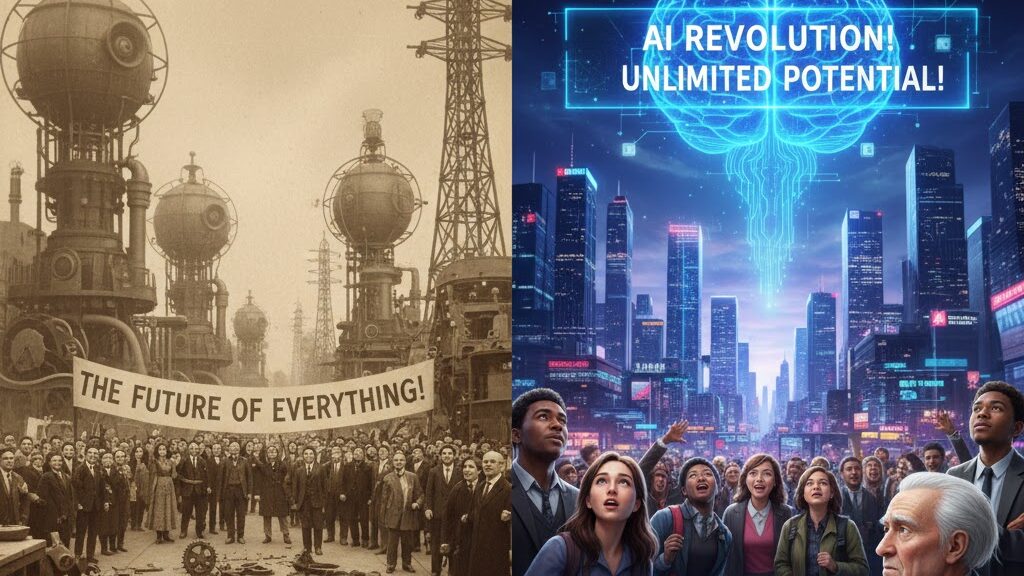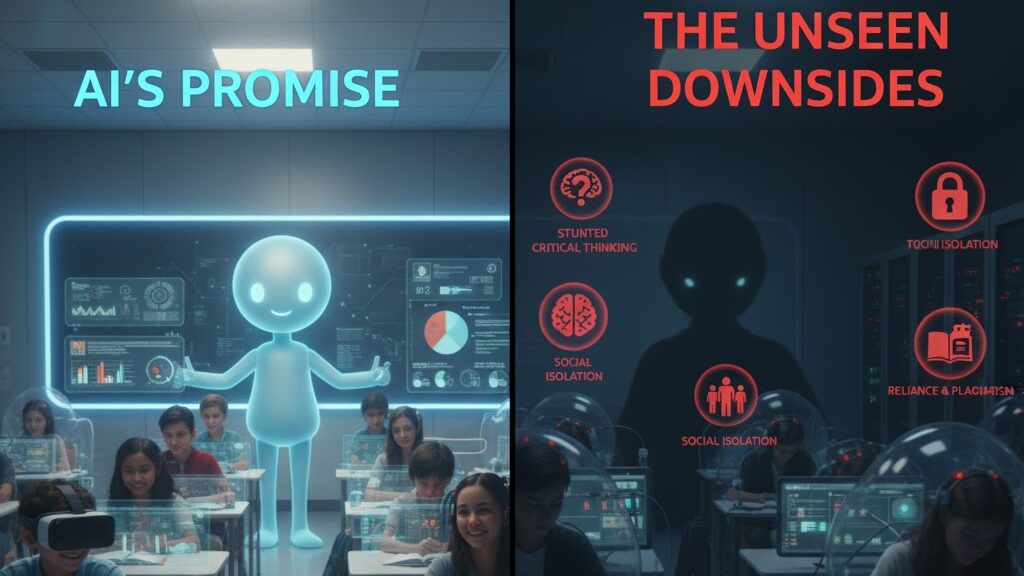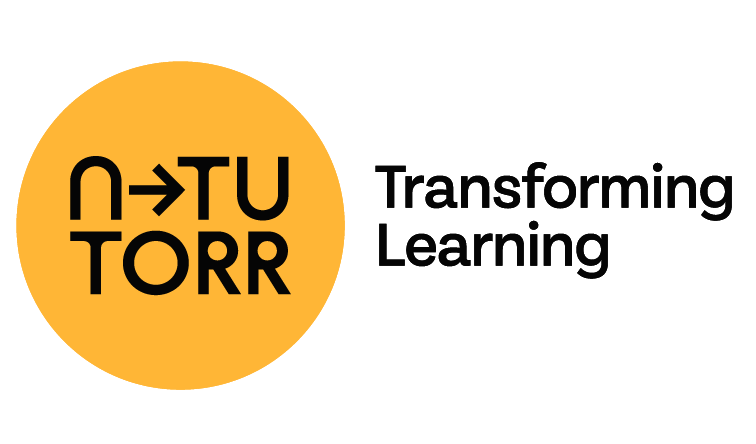
Source
The Harvard Crimson
Summary
Harvard student Sandhya Kumar reflects on a year of using ChatGPT as a learning companion, noting both its benefits and the university’s inconsistent response to generative AI. While ChatGPT has become a common study aid for debugging, essay support, and brainstorming, unclear academic guidelines have led to confusion about acceptable use. Some professors ban AI entirely, while others encourage it, leaving students without a shared framework for responsible integration. Kumar argues that rather than restricting AI, universities should teach AI literacy—helping students understand when and how to use these tools thoughtfully to enhance learning, not replace it.
Key Points
- AI tools like ChatGPT are now embedded in student life and coursework.
- Harvard’s response to AI use remains fragmented across departments.
- Students face unclear ethical and authorship boundaries when using AI.
- The author calls for structured AI literacy education rather than bans.
- Thoughtful engagement with AI requires defined boundaries and shared guidance.
Keywords
URL
https://www.thecrimson.com/article/2025/10/7/kumar-harvard-chatgpt-tutor/
Summary generated by ChatGPT 5





